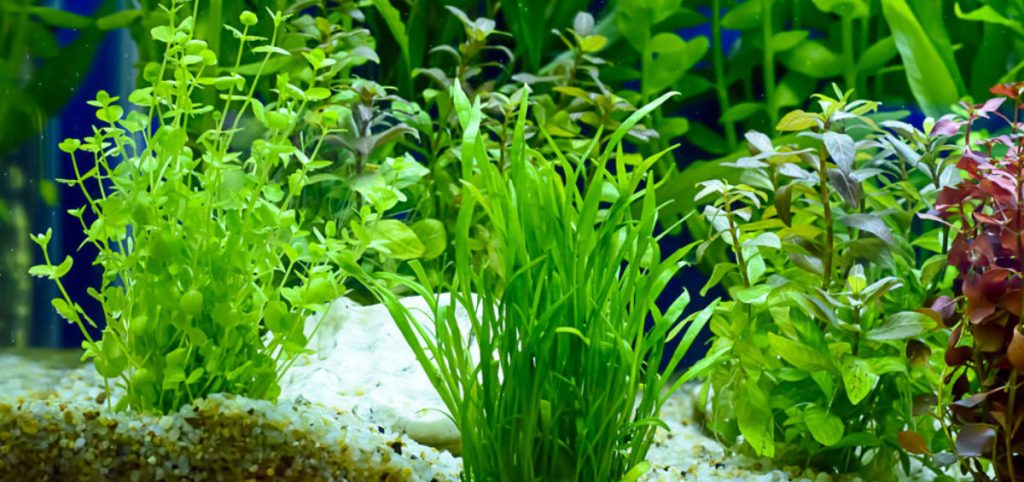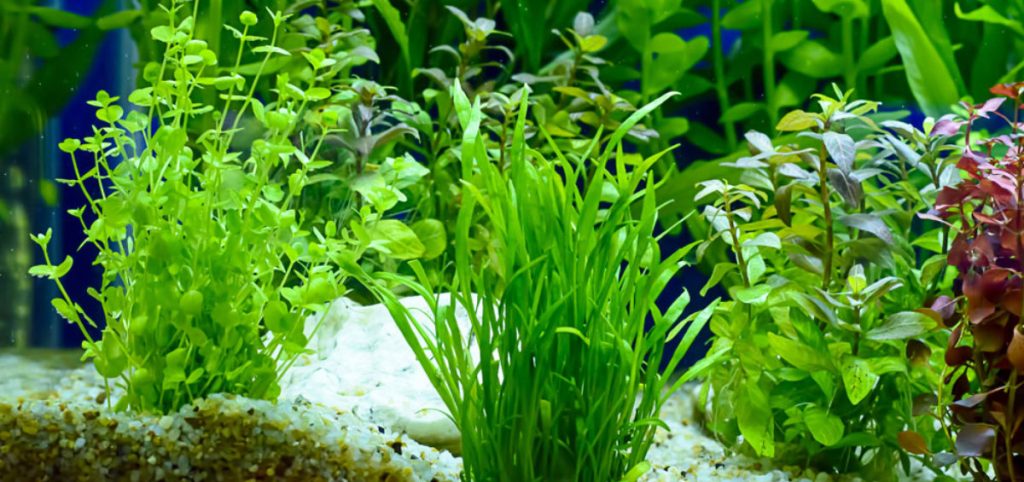Types of Aquatic Plants
Aquatic plants are broadly categorized into four groups: floating plants, submerged plants, emergent plants, and algae.
Floating Plants: These plants float on the surface of the water and are not anchored to the bottom. They obtain nutrients directly from the water. Common examples include Water Hyacinth (Eichhornia crassipes), Duckweed (Lemna minor), and Water Lettuce (Pistia stratiotes). These plants are characterized by their buoyant leaves and extensive root systems that hang freely in the water.
Submerged Plants: As the name suggests, these plants live entirely underwater, plants that grow in water with roots anchored in the sediment. They are crucial for oxygenating the water and providing habitat for aquatic organisms. Examples include Eelgrass (Zostera), Hornwort (Ceratophyllum demersum), and Hydrilla (Hydrilla verticillata).
Emergent Plants: These plants are rooted in the bottom but grow above the water surface. They are typically found in shallow waters such as marshes and wetlands. Examples include Cattails (Typha), Bulrushes (Schoenoplectus), and Lotus (Nelumbo nucifera).
Algae: While not technically plants, algae are photosynthetic organisms that play a vital role in aquatic ecosystems. They range from microscopic phytoplankton to large seaweeds like kelp.
Adaptations of Aquatic Plants
Aquatic plants have developed a range of adaptations to survive and thrive in their unique environments:
Buoyancy: Floating plants have air-filled tissues that help them stay afloat. For instance, the leaves of Water Hyacinth are spongy and filled with air spaces.
Flexible Stems and Leaves: Many submerged plants have flexible stems and leaves that can withstand the movement of water currents without breaking.
Specialized Roots: Some aquatic plants have roots adapted to anchor them in soft, oxygen-poor sediments. Others, like floating plants, have reduced or absent root systems.
Surface Area: The leaves of many aquatic plants are designed to maximize surface area for photosynthesis. For example, the broad leaves of water lilies spread out across the water surface to capture sunlight efficiently.
Ecological Significance
Aquatic plants are essential to the health of water ecosystems. They provide several ecological benefits:
Oxygenation: Through photosynthesis, floating plants for aquarium aquatic plants produce oxygen, which is vital for the survival of fish and other aquatic animals.
Habitat and Shelter: Aquatic plants offer habitat and shelter for a variety of organisms, including fish, invertebrates, and amphibians. They provide breeding grounds and protection from predators.
Water Quality Improvement: These plants can absorb excess nutrients and pollutants from the water, helping to maintain water quality and clarity.
Erosion Control: Emergent plants help stabilize the soil in wetlands and along riverbanks, reducing erosion and protecting shorelines.






Comments